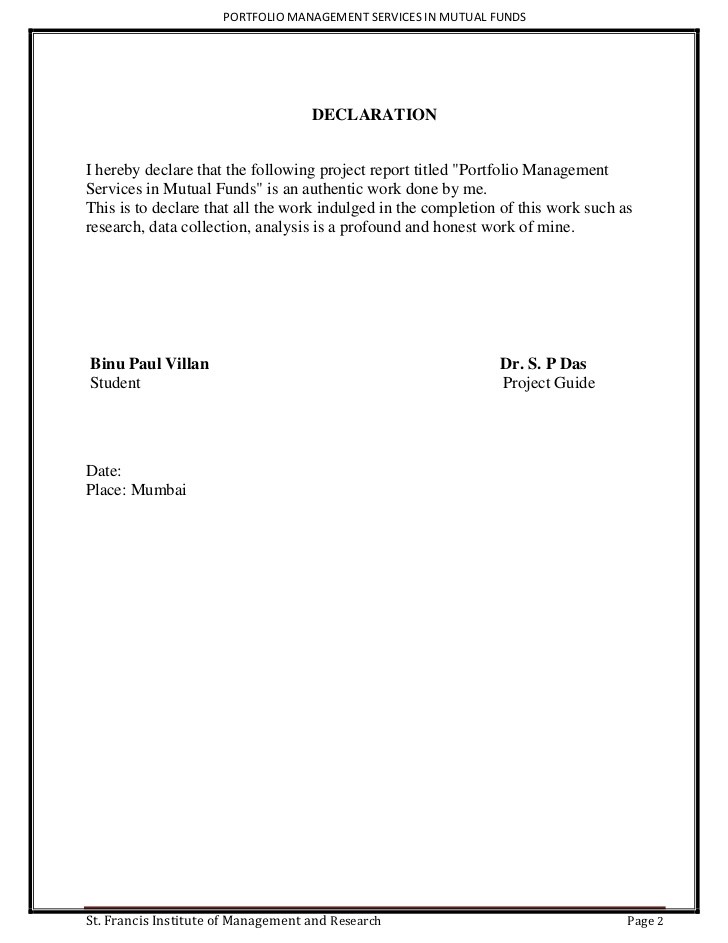Why money market funds may get riskier
Post on: 29 Июнь, 2015 No Comment

Why money market funds may get riskier
Money market funds have long been a refuge for investors seeking safety and liquidity. But ever since the market meltdown, money funds have been under siege. Last September Reserve Primary Fund, which had invested in suddenly worthless Lehman Brothers commercial paper, broke the buckthat is, allowed its net asset value to fall below a $1 per share. That led to panic, as frightened investors began pulling their savings out of these funds. In the end, the federal government stepped in to offer a temporary guarantee for the $3.6 trillion in money fund assets.
The panic subsidedand the federal guarantee expires in two weeksbut the regulatory scrutiny is still underway. The Security and Exchange Commission has proposed money fund rule changes that include higher credit quality and shorter maturities. But the most controversial notion, which is not in the proposed rules but was offered up for public comment, is a so-called floating NAV, which would mean that a funds net asset value per share would be free to move up and down, instead of being pegged at $1 per share. After all, that $1 share value is really accounting fiction, since the value of the investments fluctuates slightly from day to day. And, as some investing pundits point out, shouldnt accounting better reflect reality?
The Obama administration, meanwhile, will be unveiling its financial reform proposals on Sept 15. In a previous report, the administration had also considered a floating rate NAV for money funds.
Nervous mutual fund firms are denouncing the idea. Vanguard declared in its comment letter to the SEC that a floating NAV would eviscerate a successful and important product for investors. And Fidelity said that such a change would lead to significant shareholder outflows, which would destabilize the money market fund industry. (You can read the comment letters here. )
But other investment firms fund groups see an opportunity in the reforms. In its comment letter, Deutsche Bank, while backing a stable NAV, also supported the notion of a floating NAV. The bank has even filed a prospectus for such a fund, the DWS Variable NAV Money Fund, which would not stick to a $1 per share net asset value. The fund would require a $1 million minimum investment.
Will a floating NAV money fund satisfy investors? Perhaps not so much. Consider the record of ultra-short bond funds, which were designed to be super safe, just one step up from money market funds. Many were even marketed as cash equivalents that would give you a higher yield without much extra risk. But some funds began buying riskier investments to produce those higher yields. You can probably guess what happened nexttriple AAA-rated subprime mortgages, any one?
The results were painful. As subprime mortgages tanked, the typical ultra-short bond fund fell nearly 8% in 2008, which was a far bigger loss than the pennies per share that investors gave up in Reserve Primary fund. And many bond fund investors were hit much harder. The Schwab YieldPlus fund, for one, lost 35% in 2008. Other troubled funds were liquidated.
Perhaps floating NAV money market funds would not deliver those kinds of losses. And perhaps investors, if they knew what to expect, wouldnt panic if their accounts dipped by a penny or two. But money funds would have to deliver higher yields than bank accounts to compensate investors for that volatility. Right now, however, the typical taxable money fund yields just 0.06% vs. 1.2% for a bank high yield money market account. Thats a big gap to make up without taking on higher risk.
What do you think? Would you invest in a floating NAV money market fund? Let us know in the comments below.














